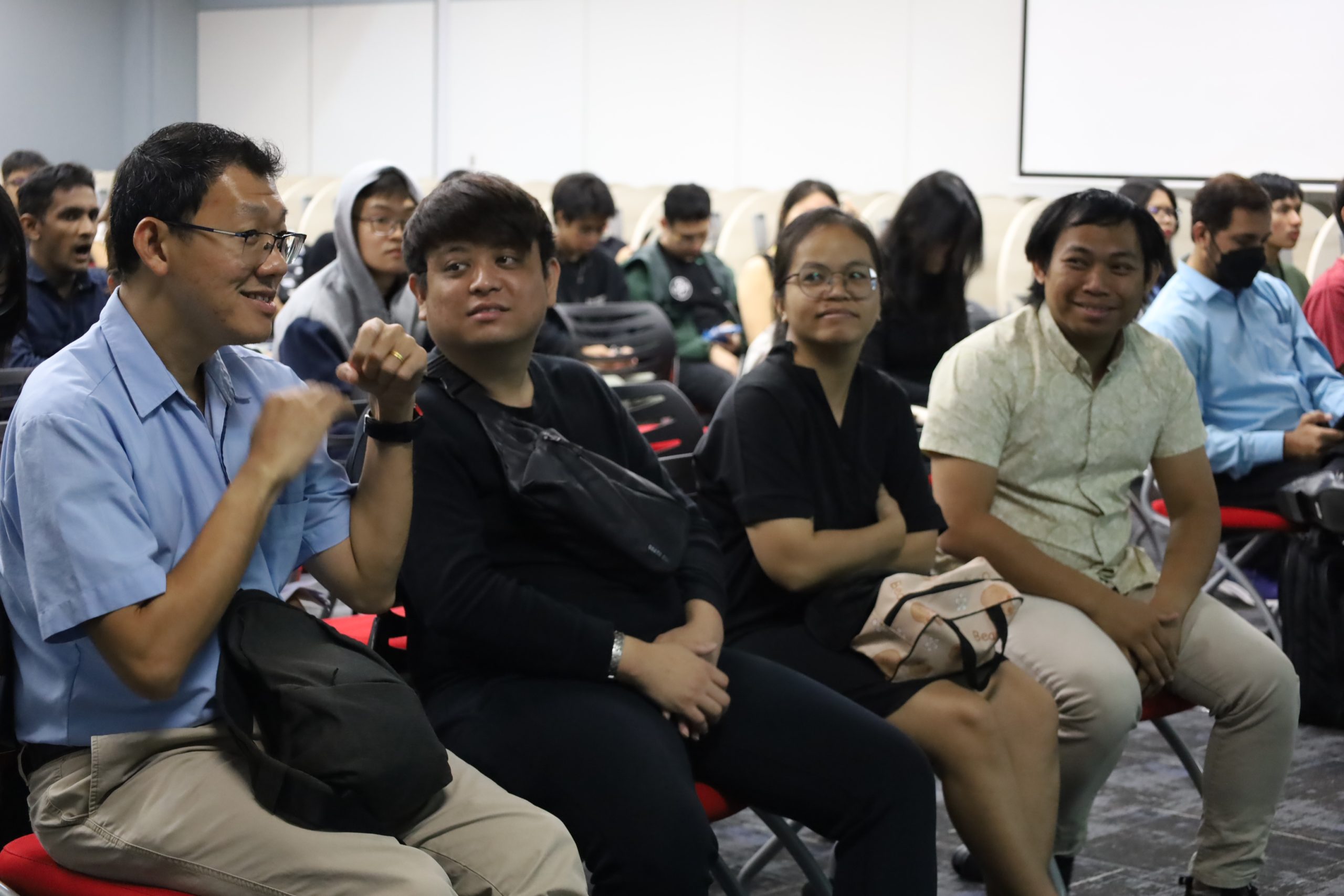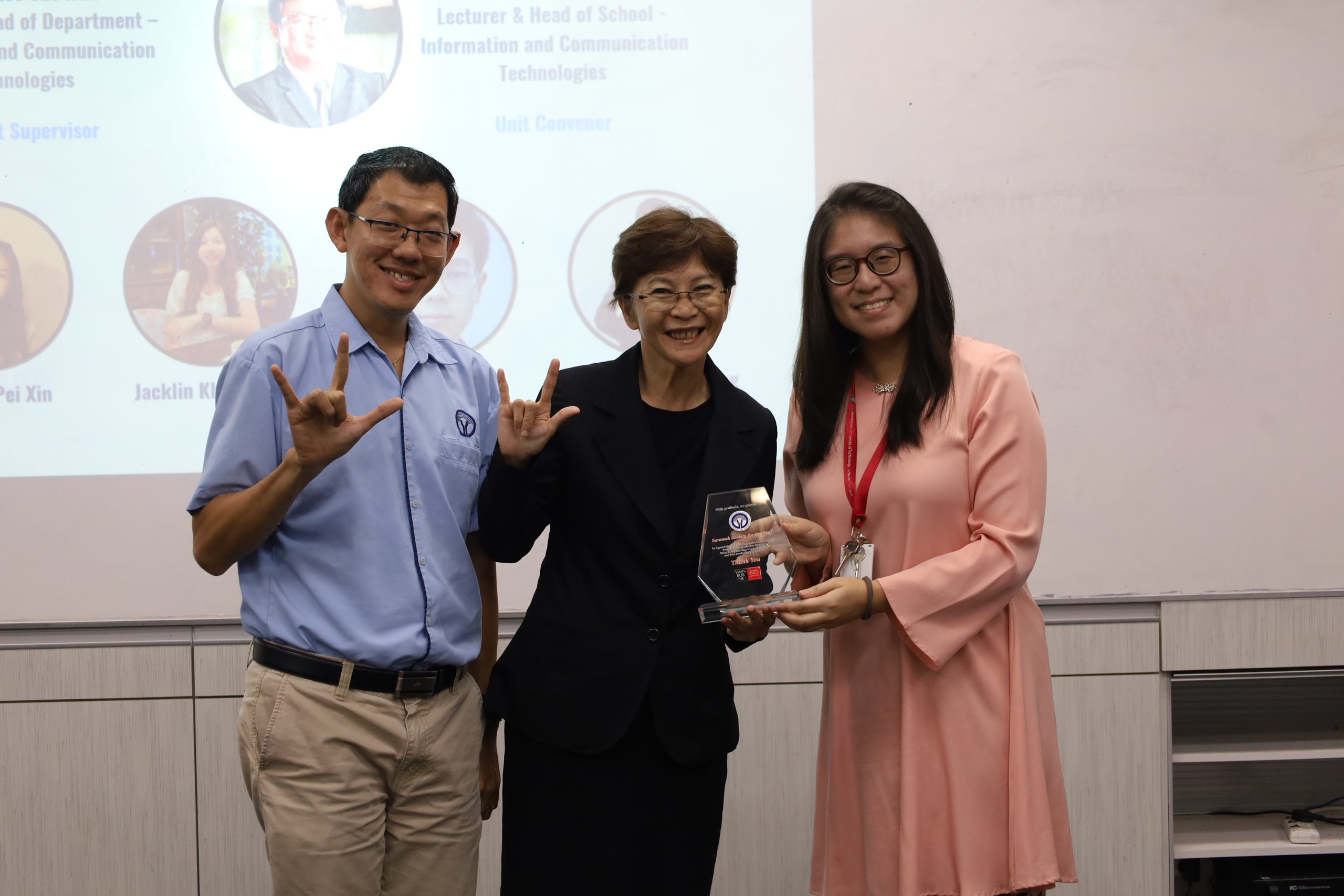KUCHING – Swinburne University of Technology Sarawak Campus hosted an AI-driven sign language workshop to explore real-world solutions for communication challenges. The workshop highlighted how collaboration drives meaningful changes in the community. Led by Ts Dr Lee Sue Han, Head of the Information and Communications Technologies Dept, it is part of a flagship initiative under the 2024 Swinburne Sarawak Knowledge/Technology Transfer Projects.
The one-day workshop showed how working together creates a real community impact. It brought together Swinburne Sarawak, the Sarawak Society for the Deaf (SSD) and NeuonAI, and partially supported by the IEEE Engineering in Medicine and Biology Society. This partnership helped address the challenges faced by the deaf and hard-of-hearing communities, while introducing practical ways to improve communication and accessibility, especially in education.
In her opening remarks, Helena Lim, the Secretary of SSD, said that the collaboration is helping break down barriers in communication. “The role that technology plays are indeed transformative, as it is helping to create a more inclusive future,” she added.
Participants of the workshop had the opportunity to immerse themselves in a multifaceted agenda designed to improve inclusive education, including foundational lessons on Malaysian Sign Language (BIM) and live demonstrations of AI-powered two-way communication systems. The workshop also demonstrated how technologies like Sign Language Production (SLP), and Sign Language Recognition (SLR) can transform educational settings, and help bridge gaps between the hearing communities and those hard of hearing.
The workshop unveiled an innovative Two-Way Sign Language Communication System for BIM, allowing seamless interaction between the hard of hearing and hearing individuals. This system will debut at the prestigious 2024 Asia Pacific Signal and Information Processing Association Annual Summit and Conference (APSIPA ASC).

Participants were encouraged with the adoption of innovative solutions that promote inclusivity
The workshop also achieved other significant outcomes, including participants reporting that they gained a deeper understanding of the Malaysian Sign Language. More than half of the participants shared how they have gained valuable insights into the role AI plays in fostering inclusivity, with many enthusiastic about ensuring equitable education within their communities.
Swinburne’s Sarawak Campus exemplifies how its Horizon 2025 vision connects people and technology to solve real-world challenges like inclusivity in communication and education.
For more information on Swinburne Sarawak, visit its website, Facebook page (@swinburnesarawak), Instagram page (@swinburnesarawak), Twitter page (@Swinburne_Swk), TikTok page (@swinburnesarawak) or YouTube channel (Swinburne Sarawak).


